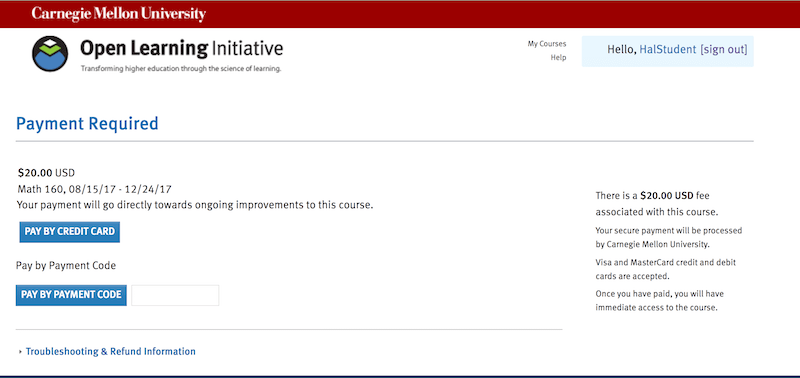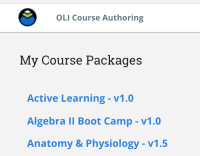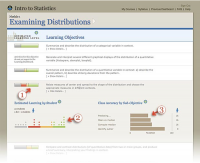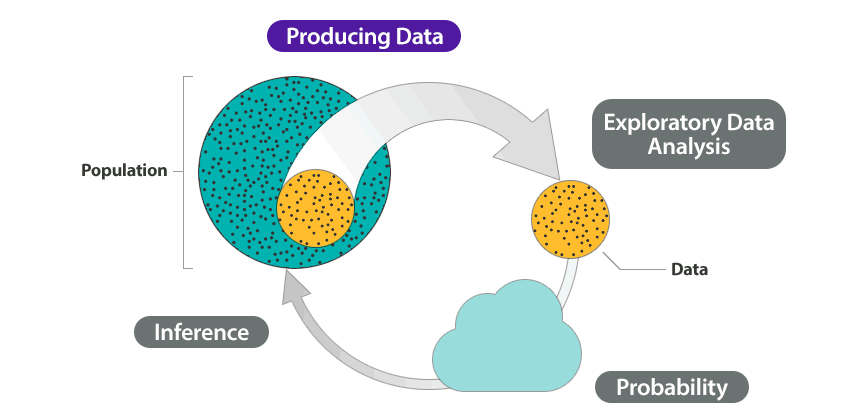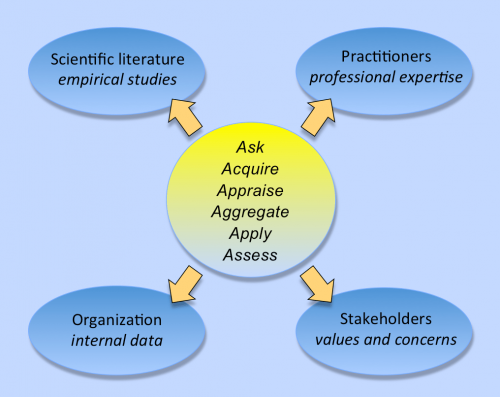What students will learn
By the end of this mini-course, students will have basic diversity and conflict communication skills. They will:
- be motivated to improve their collaboration skills.
- assess their work styles, conflict styles, social sensitivity, and whether they are internal or external processors.
- compile and practice sharing collaboration-related information about themselves with their teams.
- share, as teams, collaboration-related information about members, relate the information to factors affecting success of teams, and discuss contributions expected from individual members.
- be able to explain the importance of early recognition of conflict by themselves and other team members.
- be able to choose approaches to conflict strategically rather than habitually.
- be able to list some features of Active Listening and tell the difference between poor listening and Active Listening.
- be able to list the features and components of assertion messages.
- have a basic understanding of when to deploy assertion messages.
Learning objectives by module
Unit 2: Introduction and Getting to Know Your Team
Module 1: Introduction: Meet Your Booth Team
- Recognize factors that actually improve team performance.
Module 2: What Makes Teams Perform Well?
- Assess own collaboration-related preferences and traits (e.g., work styles, conflict styles, social sensitivity, and internal/external processing).
- Explain how a team’s collaboration preferences and traits relate to the team’s success and to expected contributions from individual members.
- Identify ways (and be motivated) to improve collaboration skills.
- Recognize factors that actually improve team performance.
Module 3: What do You Bring to the Team?
- Assess own collaboration-related preferences and traits (e.g., work styles, conflict styles, social sensitivity, and internal/external processing).
- Discuss own and teammates’ collaboration-related preferences and traits.
- Explain how a team’s collaboration preferences and traits relate to the team’s success and to expected contributions from individual members.
- Identify ways (and be motivated) to improve collaboration skills.
- Recognize factors that actually improve team performance.
Module 4: Conclusion
- Discuss own and teammates’ collaboration-related preferences and traits.
- Explain how a team’s collaboration preferences and traits relate to the team’s success and to expected contributions from individual members.
Unit 3: Basic Conflict Communication
Module 5: Conflict Management: Introduction
- Apply conflict recognition, Active Listening, and Assertion Messages skills jointly in a simulated situation.
- Choose approaches to conflict strategically rather than habitually.
- List features of Active Listening and distinguish between poor listening and Active Listening.
- List the features and components of Assertion Messages.
- Recognize when to deploy Active Listening and Assertion Messages.
- Students will be able to explain the importance of recognizing conflict early.
Module 6: Conflict Recognition
- Students will be able to explain the importance of recognizing conflict early.
Module 7: Conflict Strategies
- Choose approaches to conflict strategically rather than habitually.
Module 8: Active Listening
- List features of Active Listening and distinguish between poor listening and Active Listening.
Module 9: Assertion Messages
- List the features and components of Assertion Messages.
- Recognize when to deploy Active Listening and Assertion Messages.
Module 10: Conflict Communication Practice
- Apply conflict recognition, Active Listening, and Assertion Messages skills jointly in a simulated situation.
- List features of Active Listening and distinguish between poor listening and Active Listening.
Course assessments, activities, and outline
This course includes the following types of activities.
- Reading and viewing video reports of research on team performance and testimonials on the centrality of teams in the workplace,
- Video skills demonstrations and practice within an extended video-based interactive simulated team experience,
- Realistic online practice, such as texting and video chats, with complex interactions and feedback, and
- Exercises carried out in real world teams to transfer skills.
Course Outline
Collaborative U
UNIT 1: Pretest
UNIT 2: Introduction and Getting to Know Your Team
- Module 1: Introduction: Meet Your Booth Team
- Module 2: What Makes Teams Perform Well?
- Module 3: What do You Bring to the Team?
- Module 4: Conclusion
UNIT 3: Basic Conflict Communication
- Module 5: Conflict Management: Introduction
- Module 6: Conflict Recognition
- Module 7: Conflict Strategies
- Module 8: Active Listening
- Module 9: Assertion Messages
- Module 10: Conflict Communication Practice
UNIT 4: Posttest
System requirements
OLI system requirements, regardless of course:
- internet access
- an operating system that supports the latest browser update
- the latest browser update (Chrome recommended; Firefox, Safari supported; Edge and Internet Explorer are supported but not recommended)
- pop-ups enabled
- cookies enabled
Some courses include exercises with exceptions to these requirements, such as technology that cannot be used on mobile devices.
This course’s system requirements:
- none listed (subject to change)
Cost and payment options
$10 per student
Students are prompted for payment during the OLI course registration process, and can pay with a credit card or an OLI Payment Code purchased from your campus bookstore.
Learn about offering OLI Payment Codes in your bookstore.
Bulk discounts and alternative payment arrangements are available, including institutional or departmental payments. Learn about discounts and payment options.



